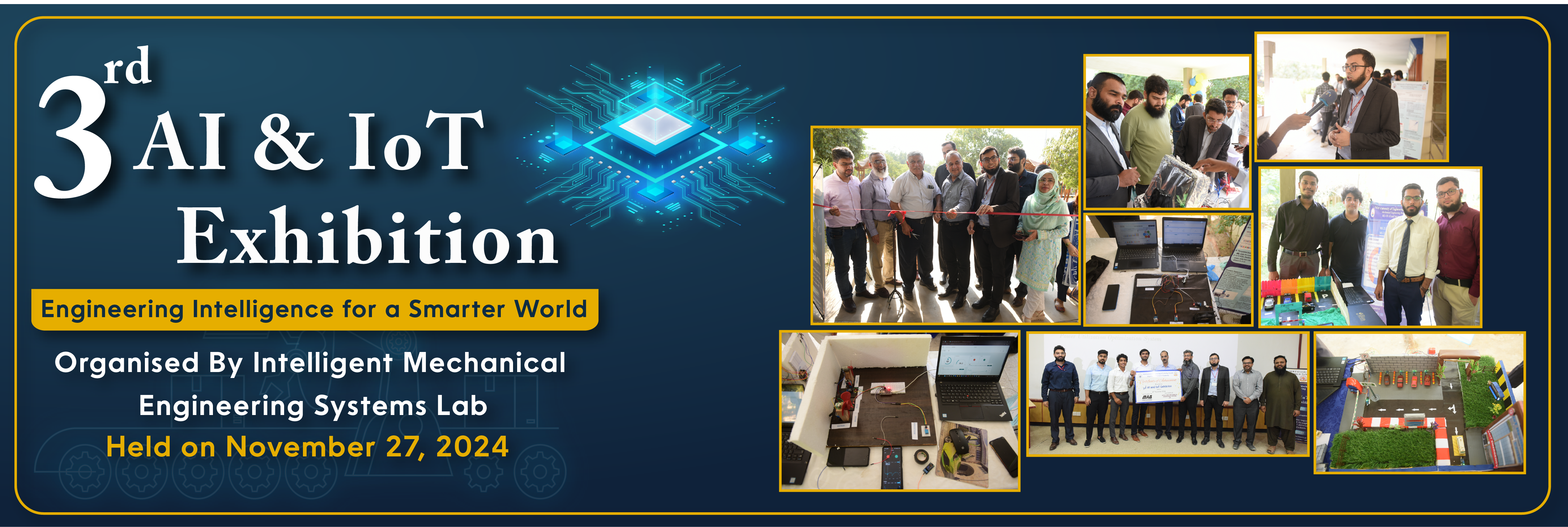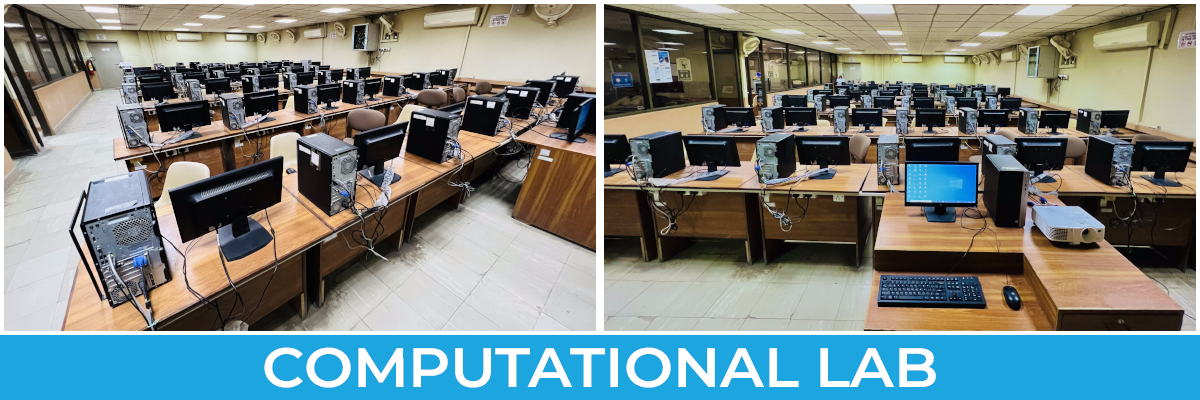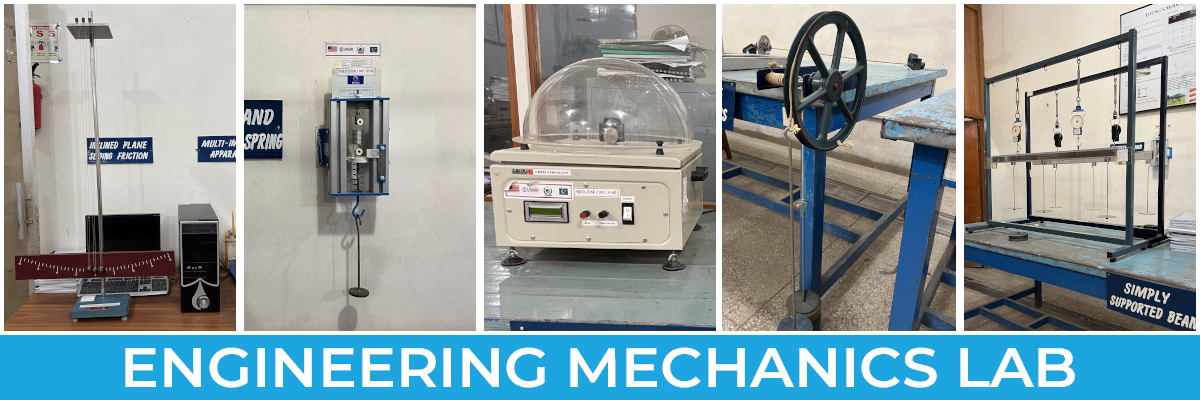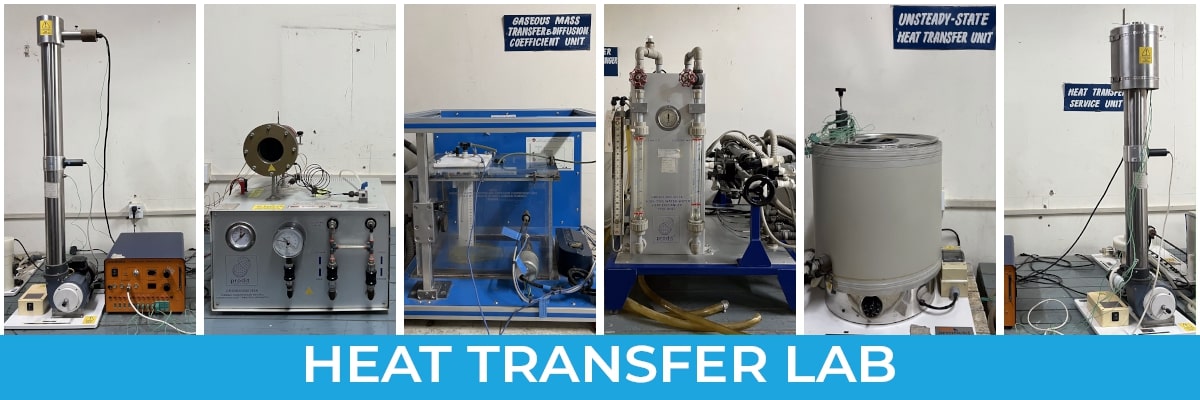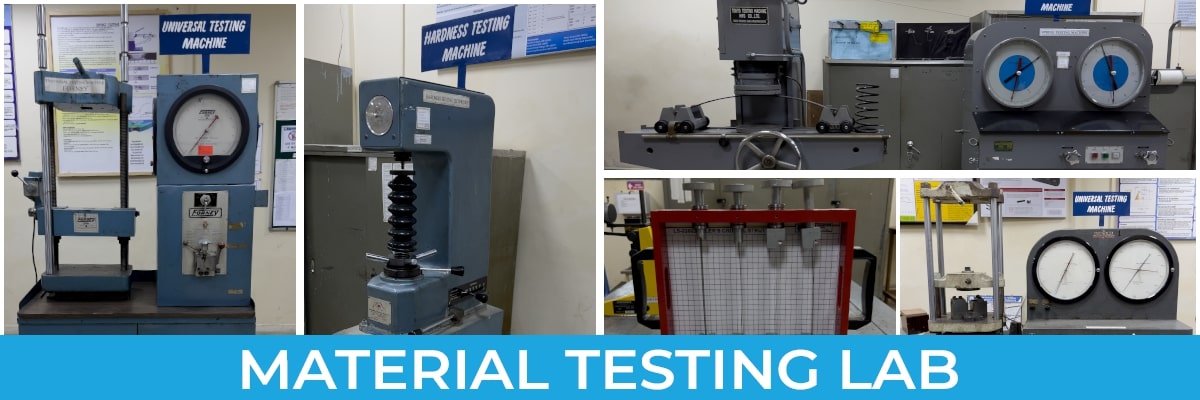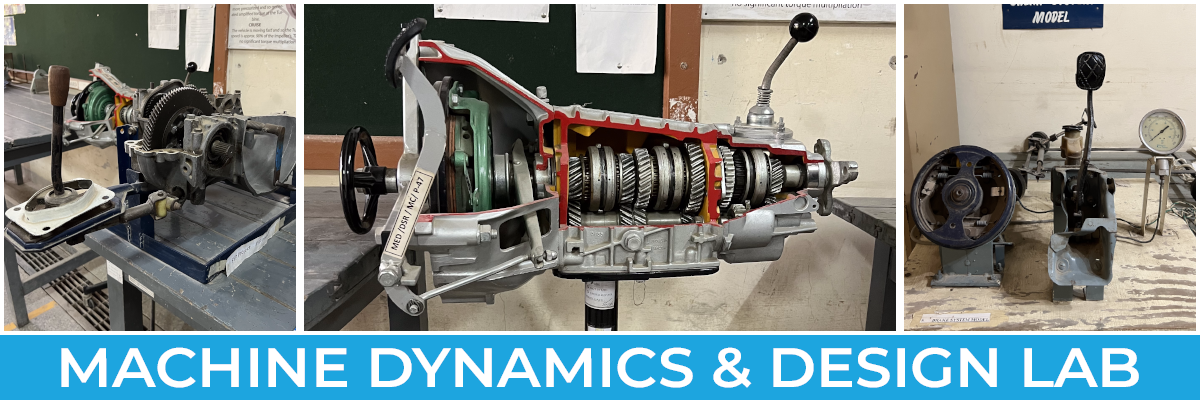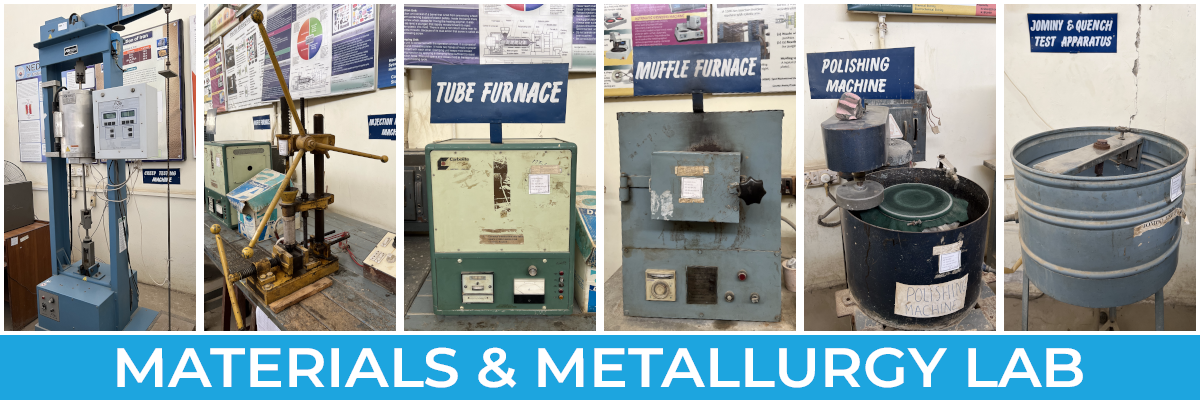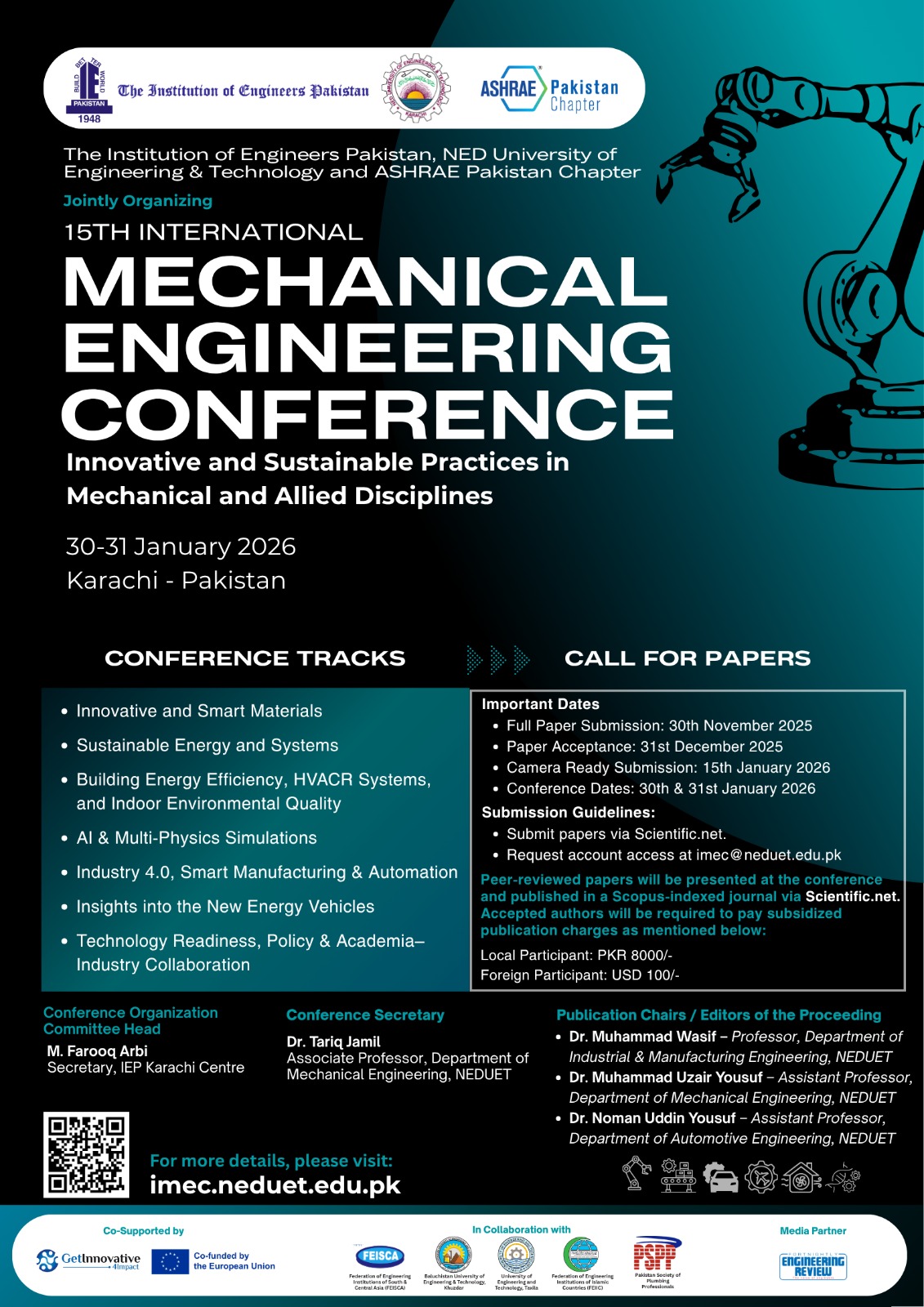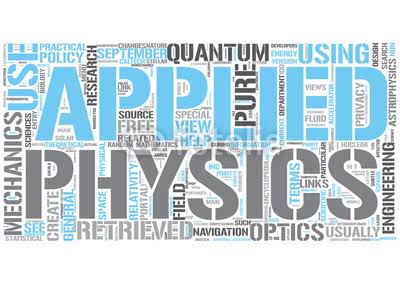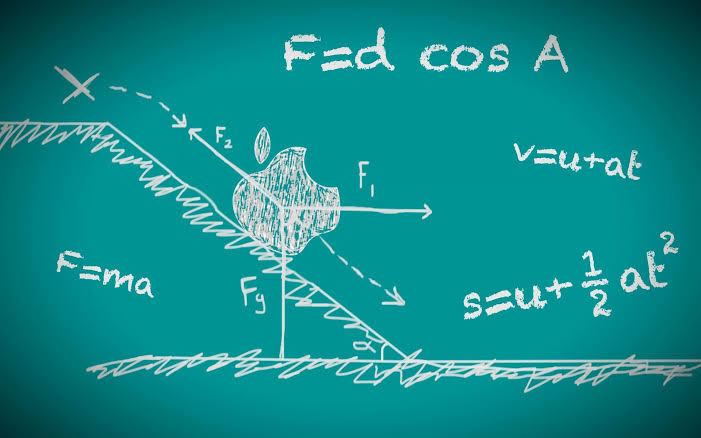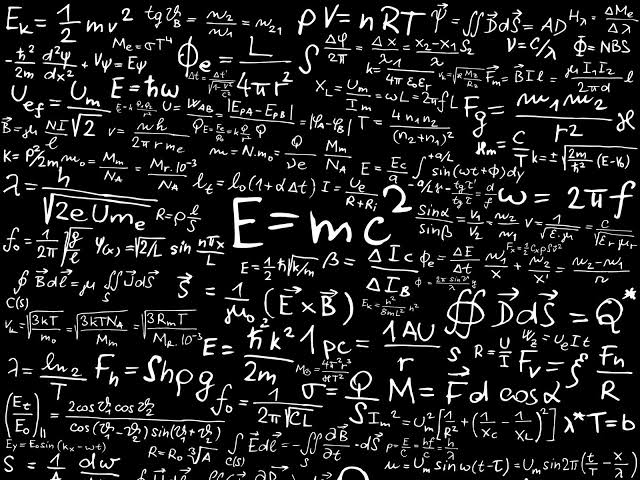PH-122 APPLIED PHYSICS
CREDIT HOURS
Theory = 3
Practical = 1
COURSE LEARNING OUTCOMES (CLOs)
| S. No. | CLOs | Taxonomy |
| 1 | Apply the knowledge of physical laws in the discipline of engineering | Coginitive Level 3* |
| 2 | Imitate the laboratory experimental setup thereafter analyze and interpret data to produce the result | Psychomotor Level 3* |
| 3 | Student can recognize common patterns in problems, break problems down into manageable steps and apply appropriate techniques | Coginitive Level 3* |
COURSE CONTENT
- Introduction: Scientific notation and significant figures. Types of errors in semi-log and other non-linear graphs).
- Vectors: Review of vectors, Vector derivatives. Line and surface Integrals. Gradient of a scalar.
- Mechanics: The limits of Mechanics. Coordinate systems. Motion under constant acceleration, Newton laws and their applications. Galilean invariance. Uniform circular motion. Frictional forces. Work and Energy. Potential Energy. Energy Conservation. Energy and our Environment. Angular momentum
- Electrostatics and Magnetism: Coulombs Law. Electrostatic potential energy of discrete charges. Continuous charge distribution. Gauss’s Law. Electric field around conductors. Dielectrics. Dual trace oscilloscope with demonstration. Magnetic fields. Magnetic force on current. Hall effect. Biot-Savart Law. Ampere’s Law. Fields of rings and coils. Magnetic dipole. Diamagnetism, Para Magnetism and Ferromagnetism.
- Semiconductor Physics: Energy levels in a semiconductor. Hole concept. Intrinsic and Extrinsic regions. Law of Mass Action. P-N junction. Transistor. Simple circuits.
- Waves and Oscillations: Free oscillation of systems with one and more degrees of freedom Solution for Modes. Classical wave equation. Transverse modes for continuous tring. Standing waves. Dispersion relation for waves. LC network and coupled pendulums. Plasma oscillations.
- Optics and Laser: Harmonic travelling waves in one dimension. Near and far fields. Two-slit interference. Huygens Principle. Single-slit diffraction. Resolving power of optical instruments. Diffraction Grating. Lasers. Population inversion. Resonant cavities. Quantum efficiency. He-Ne, Ruby and CO2 lasers. Doppler effect and sonic boom.
- Modern Physics: Inadequacy of classical physics, Planck’s explanations of black body radiation photoelectric effect, Compton effect. Bohr theory of Hydrogen atomic spectra, Reduce mass, De-Broglie hypothesis Braggs Law, Electron microscope, Uncertainty relations Modern atomic model, . Zeeman effect, Atomic nucleus, Mass-energy Relation, Binding energy, Nuclear forces and fundamental forces, Exponential decay and half-life. Radioactive equilibrium in a chain, Secular equilibrium, Nuclear stability, Radiation detection instruments, Alpha decay, Beta decay, Gamma decay attenuation Nuclear radiation hazards and safety, Medical uses of Nuclear Radiation. Fission, Energy release. Nuclear Reactors. Breeder Reactor. Nuclear Fusion.
RECOMMENDED BOOKS
(01) Physics by Halliday, Resnick and Krane
(02) University Physics by Hugh D. Young and R. A. Freedman
(03) Physics for Scientist and Engineers by Serway and Jewett
*For details of Taxonomy Levels CLICK HERE!


